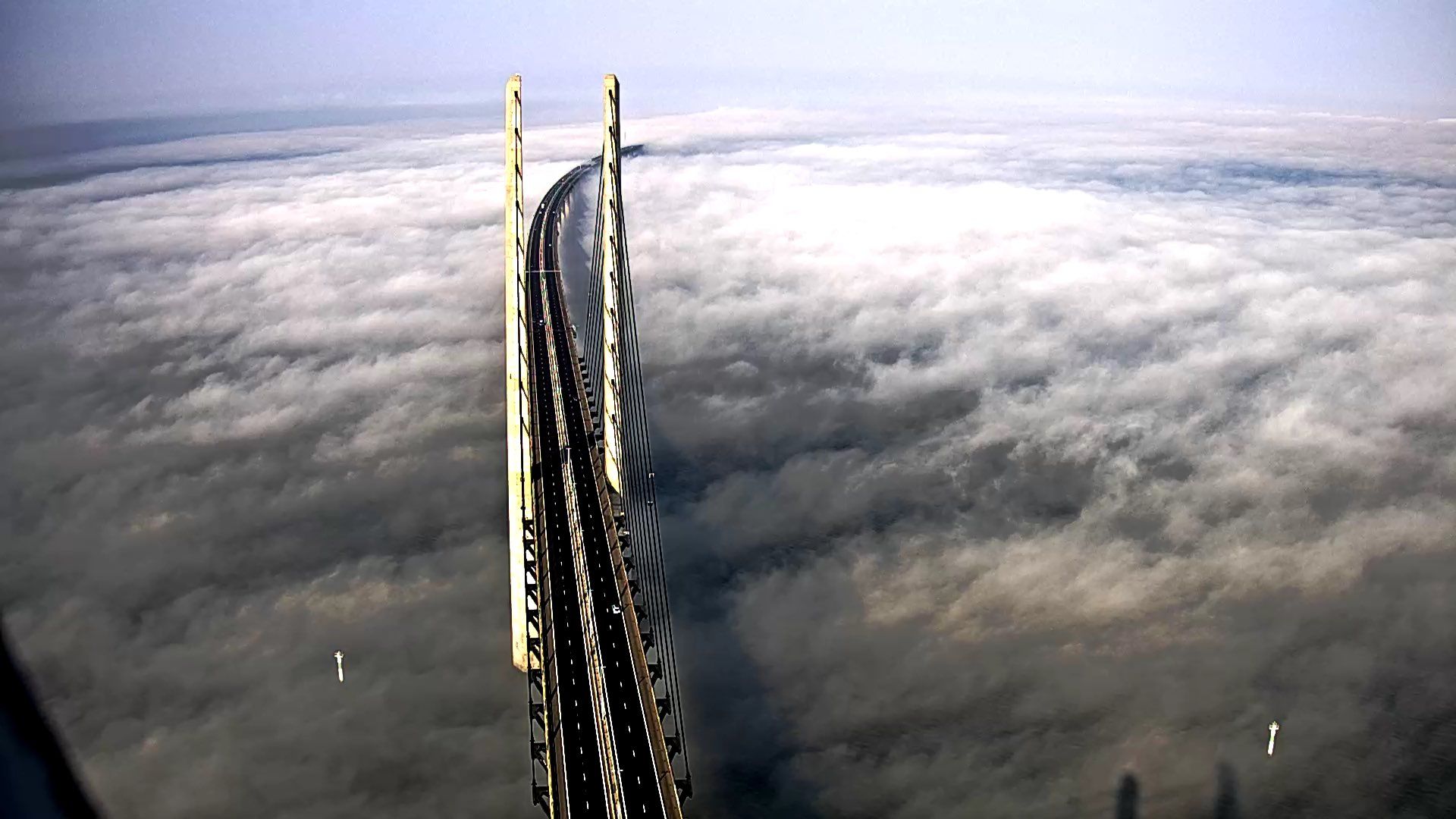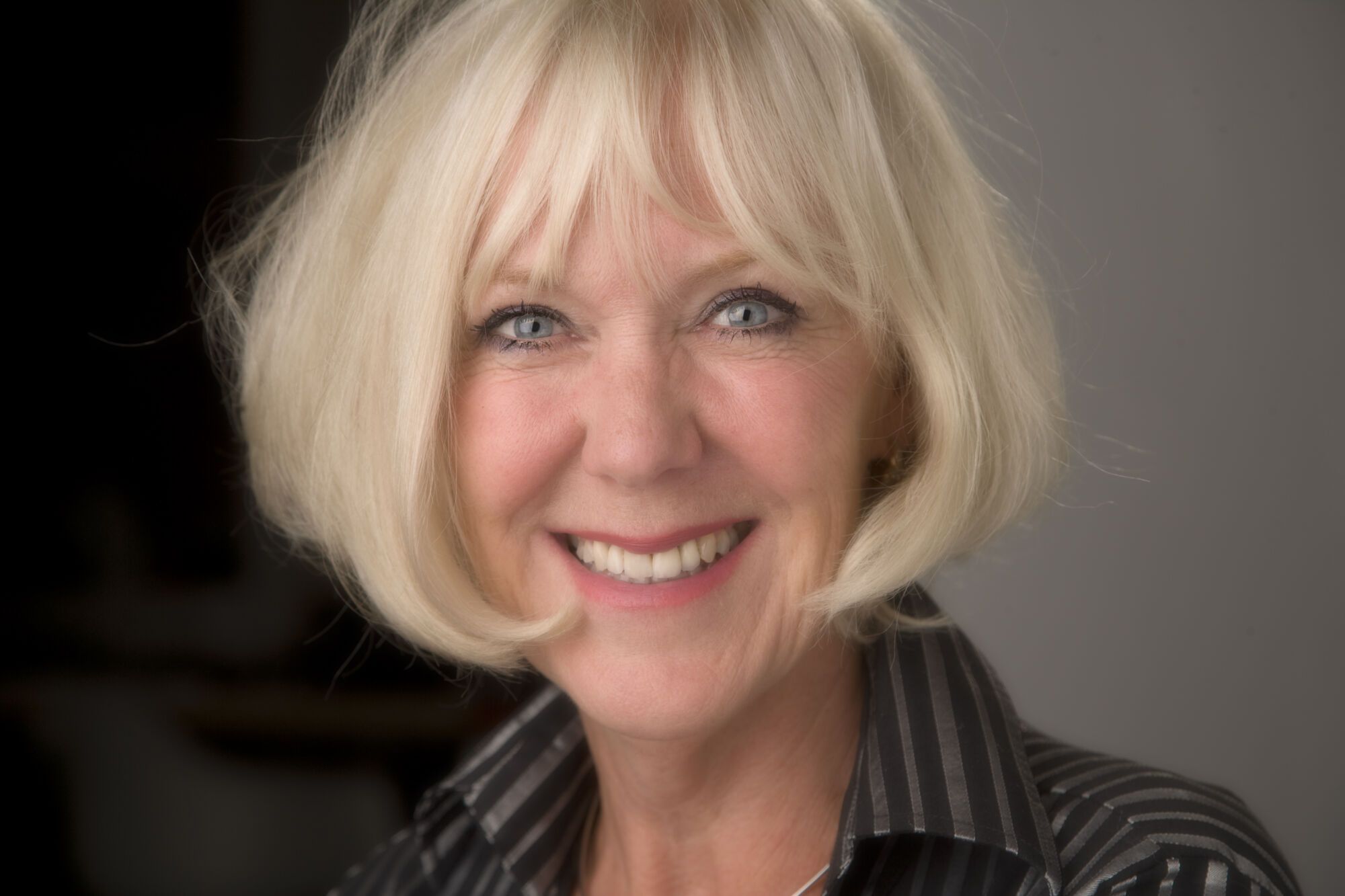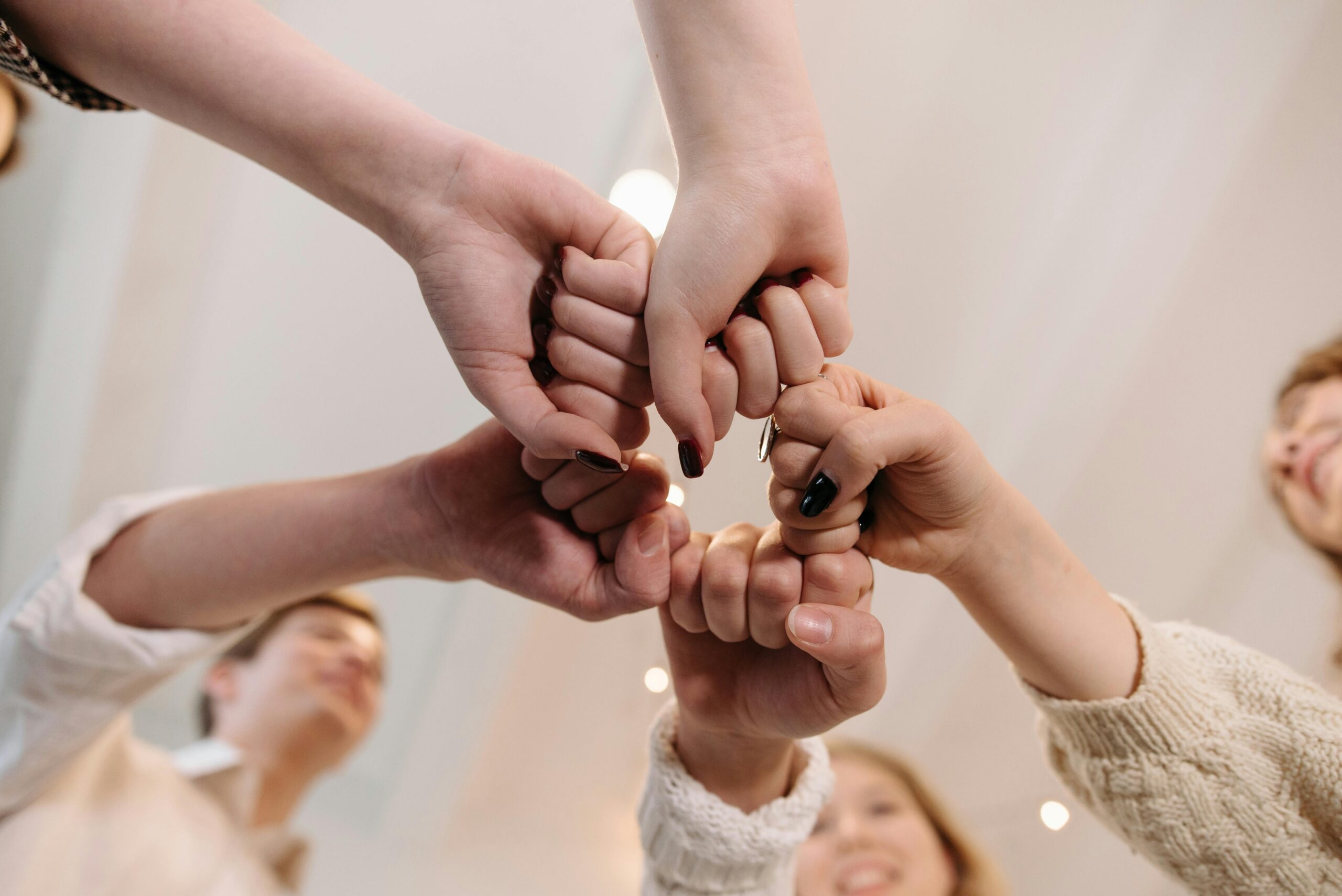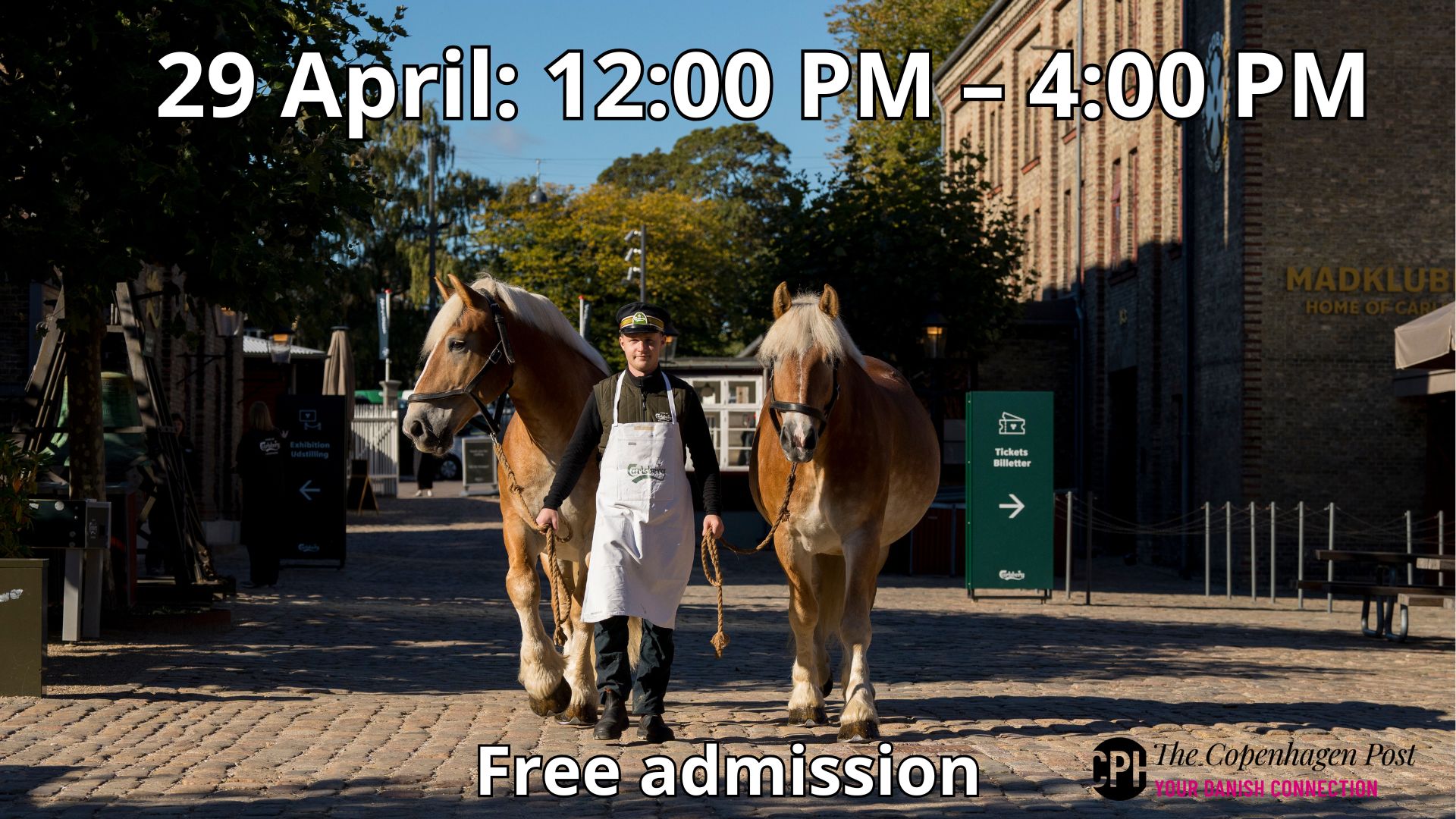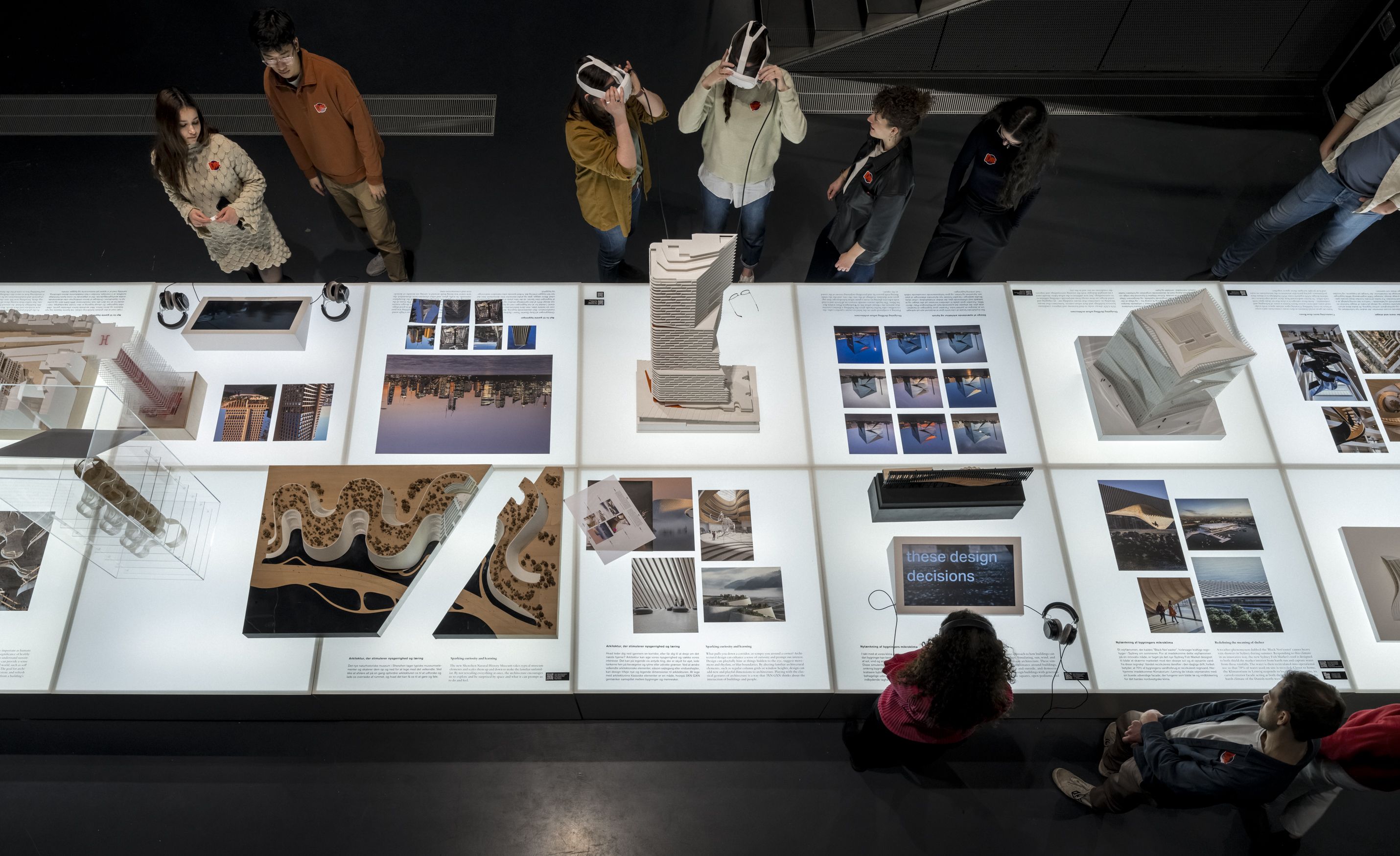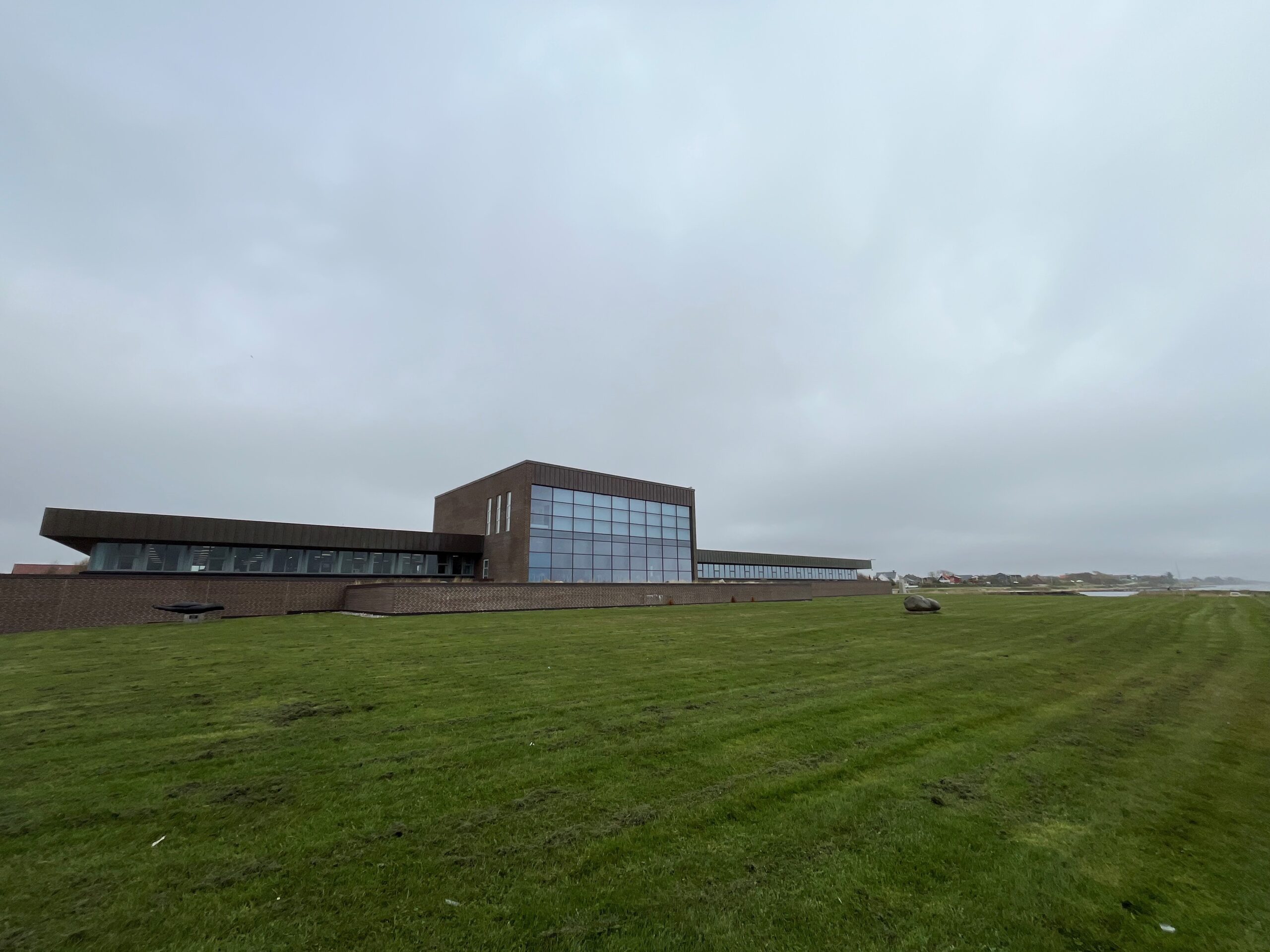We don’t believe in it,” says the waiter, when I ask him for decaf. It’s a pretty deadpan response, but I can tell there’s a hint of incredulity there. Danes are, in the main, pretty calm people and they like their caffeine. I, on the other hand, could be described as tightly wound – frolicsome if you’re looking on the bright side, but either way it’s not something you want to add caffeine to.
Our move to Denmark was a long time coming. I spent a year alternating between getting excited about groovy lampshades and already feeling homesick.
And now that we’re finally here it’s not just the caffeine that’s keeping me in a constant state of stimulation. Nor is it the mundane challenges of understanding packaging (I washed all our clothes in dishwasher powder the first week). No, the biggest kick I’m getting right now is my daily dice with death on the Christiania bicycle.
You see, on arrival it seemed like a terribly good idea. It’s large enough to accommodate my child and any shopping I might need to fetch and oh, what a workout.
“Imagine the pneumatic body I’ll have,” I said encouragingly as my husband choked on the price. “You’ll have to keep putting the light on in bed to check it’s me.”
I should have added “… if I’m still alive.”
I discovered upon my ride back from the bike shop that there’s some stuff they don’t tell you about riding cargo bikes. ‘The Thing’, as I like to call it, is really heavy to ride, approximately the size of a tank and banks alarmingly when you go round corners.
So I’ve been going on daily practice runs, petrifying little caffeine-fuelled circuits of Kongens Nytorv. I feel like I’m going dangerously fast, but I assume I’m not, as I keep getting overtaken by small children and elderly people out Nordic walking.
I’ve also noticed grown-up cyclists have been making comments. It can’t be because I’m on the wrong side of the road because that’s how they drive here, so I fear they may be making disparaging remarks about my speed, or lack of it.
“I don’t speak Danish yet, sorry,” I reply briskly. “Swear at me in six months time and I promise to swear back!”
Maybe they’re remarking on the fact that I am the only person in a ten-mile radius wearing a helmet. Or perhaps that ‘The Thing’ is so festooned with lights, passing lorry drivers look impressed.
As I hit Amalienborg Palace for some cobble practice I find myself hoping that the royals have kept the kids in today as I’d especially hate to run over an heir to the throne. I’m also wondering if Shaken Baby Syndrome is just for babies or if adults can get it?
The other problem with ‘The Thing’ is gaining enough momentum to actually get anywhere. This country is as flat as a pancake, one good pedal and you should go for miles, but not on ‘The Thing’. Nor can you push on the ground with one foot to get yourself going. Instead, you have to climb on and, grunting like a Russian lady shot-putter, heave it into motion.
By this point on my practice runs, all dignity is long gone, my heart is pounding and I’m making promises to be a better person, give money to charity and recycle everything if I can just get home in one piece.
And the burning question now taxing me is: How Danes can look so relaxed on their bicycles? Their bikes are like an extension of their living rooms. Leaning back at a 60-degree angle, sending a text to your mate, eating rice cakes – all this is standard.
I spotted what must be the jewel in the crown of bizarrely laid-back bike behaviour a couple of weeks ago in Nørrebro. A typically Danish looking guy – lanky, floppy fringe, feet so long that in certain positions he could surely double as a forklift truck – cycled past me, no hands on the handlebars, playing a ukulele. Can any of you beat that? Share your strange biking stories below!.


